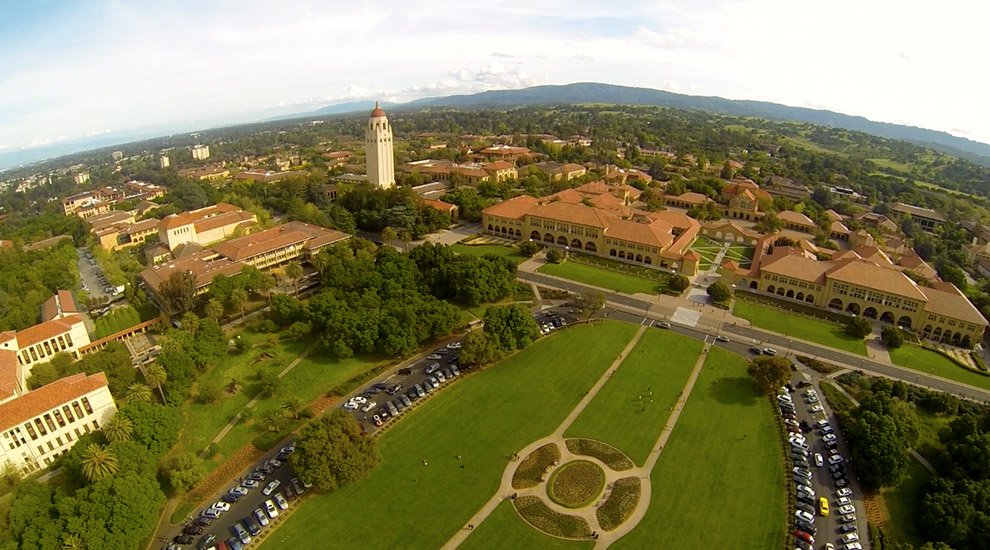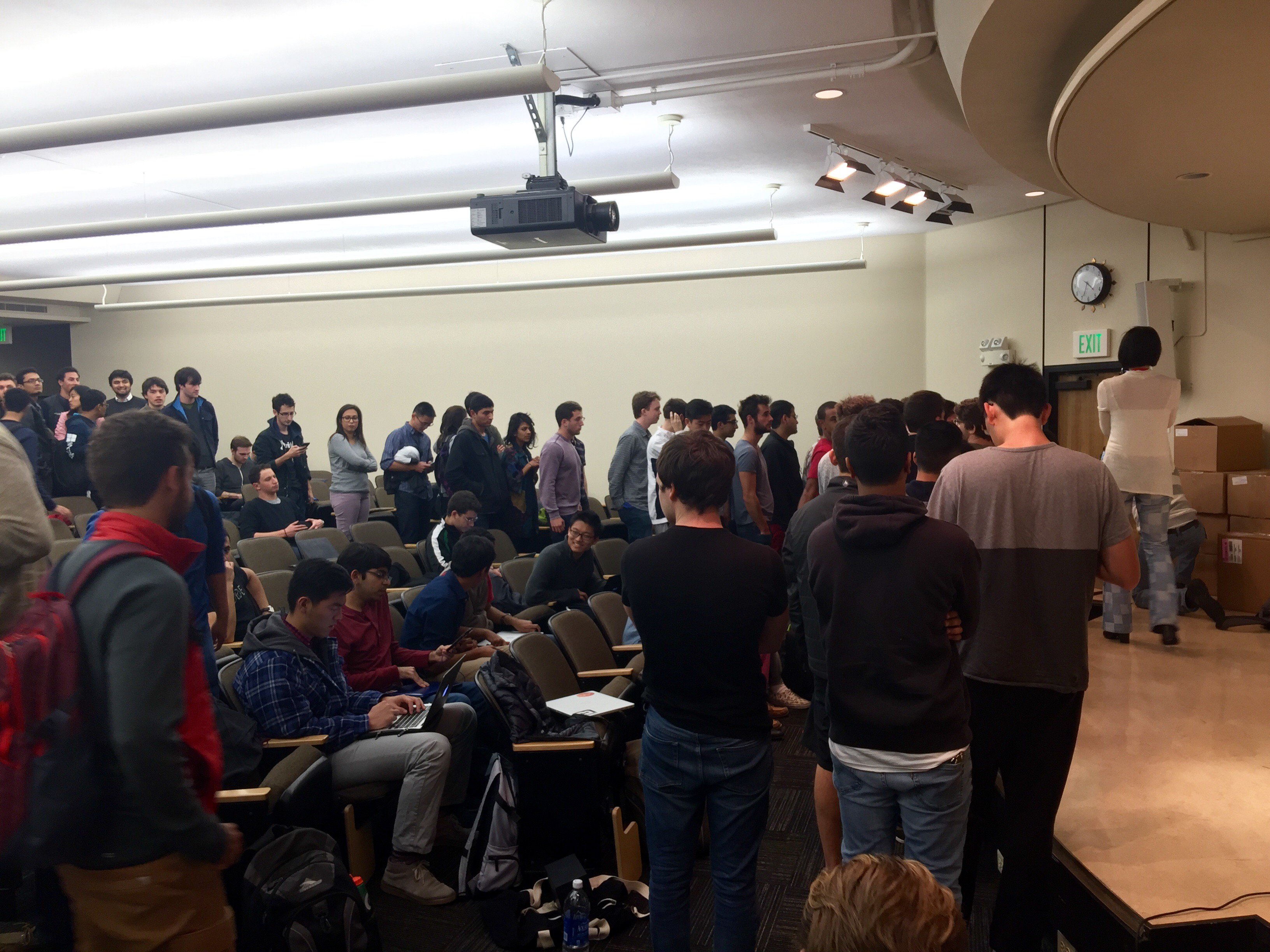Bitcoin Engineering Course at Stanford University Introduces Hands-on Approach with the 21 Bitcoin Computer
Dr. Balaji Srinivasan and Dr. Dan Boneh started their new course, “Bitcoin Engineering” at Stanford University on Monday, January 4th. The class is a companion to Stanford’s previous Bitcoin-related course, “Crypto Currencies, the Blockchain, and Smart Contracts.” About 85 percent of this quarter’s class will feature new material. The class gives you a sense of what Bitcoin can do. It’s not Bitcoin as a financial instrument, not about buy low/sell high. It’s about Bitcoin as a protocol.” —Balaji Srinivasan The two courses differ in that the previous class focused on Bitcoin as a technology (or Bitcoin theory), while this quarter’s class will teach students how to write Bitcoin-powered versions of popular Internet services.
Bitcoin Engineering – @balajis @21dotco @Stanford pic.twitter.com/PqeodzB2X2 — Avery Haskell (@AveryHaskell) January 5, 2016 “You will learn by doing,” said Srinivasan on the first day of class. The course is structured around a weekly hackathon. At the beginning of each week students will receive stub code demonstrating the basic mechanics of a Bitcoin-powered Internet service. The students will then have the rest of the week to improve their version of the code before submitting it for judging. While technical aesthetics and usefulness will play an important role in picking the winning project, the instructors hinted that they may experiment with an Elo-style ranking system. Enrollment in the course has doubled since last semester, with 83 students showing up for class on the first day. In response to the demand off-campus and abroad for access to the class material, Srinivasan and Boneh have considered offering a free massively open online course (MOOC) version of the class later this year. Each student received a 21 Bitcoin Computer (21BC), known for being the “first computer with native hardware and software support for the bitcoin protocol,” on the first day of class. Because the 21BC developer kit abstracts away much of the Bitcoin protocol’s complexity, students with no prior Bitcoin experience (roughly 75 percent of the class) will be able to integrate the Bitcoin protocol into their future and existing projects with as little as two lines of code.
One of the instructors for this course, Dr. Srinivasan is the co-founder and CEO of 21 Inc., the company behind the 21 Bitcoin Computer. After working in secret for more than two years, 21 emerged last March to announce a $116 million round of funding from Andreessen Horowitz, Peter Theil, Khosla Ventures, Qualcomm and Cisco. In addition to his position at 21, Srinivasan is a board partner at Andreessen Horowitz, a board member of the Coin Center, the co-founder of Teleport, and the co-founder of Counsyl. In recognition of his work, Srinivasan has received The Wall Street Journal’s Innovation Award for Medicine and was listed in the Scientific American’s Top 10 World Changing Ideas. The other instructor, Dr. Boneh is a computer science and electrical engineering professor at Stanford University and the second Andreessen Horowitz Professor-in-Residence. In addition to being one of the main contributors to the development of pairing-based cryptography, Boneh created the first broadcast encryption system with full collision resistance, and performed one of the first cryptanalysis using a DNA computer. Boneh co-founded Ingrian Networks and Voltage Security, the latter of which was acquired by Hewlett-Packard last year. With the demand from banks and Wall Street companies for tech talent with Bitcoin-related technology experience at an all-time high, students taking this course will be uniquely positioned to leverage their newly found Bitcoin knowledge as they enter into the workforce over the next two years.
In addition to providing coverage of the technical concepts covered throughout the quarter, Bitcoin Magazine will be reporting regularly about the hackathon projects. 
 Students at Stanford University line up to receive their 21 Bitcoin Computers.
Students at Stanford University line up to receive their 21 Bitcoin Computers.
Photo Christian Sanz / Creative Commons
The post Bitcoin Engineering Course at Stanford University Introduces Hands-on Approach with the 21 Bitcoin Computer appeared first on Bitcoin Magazine.


